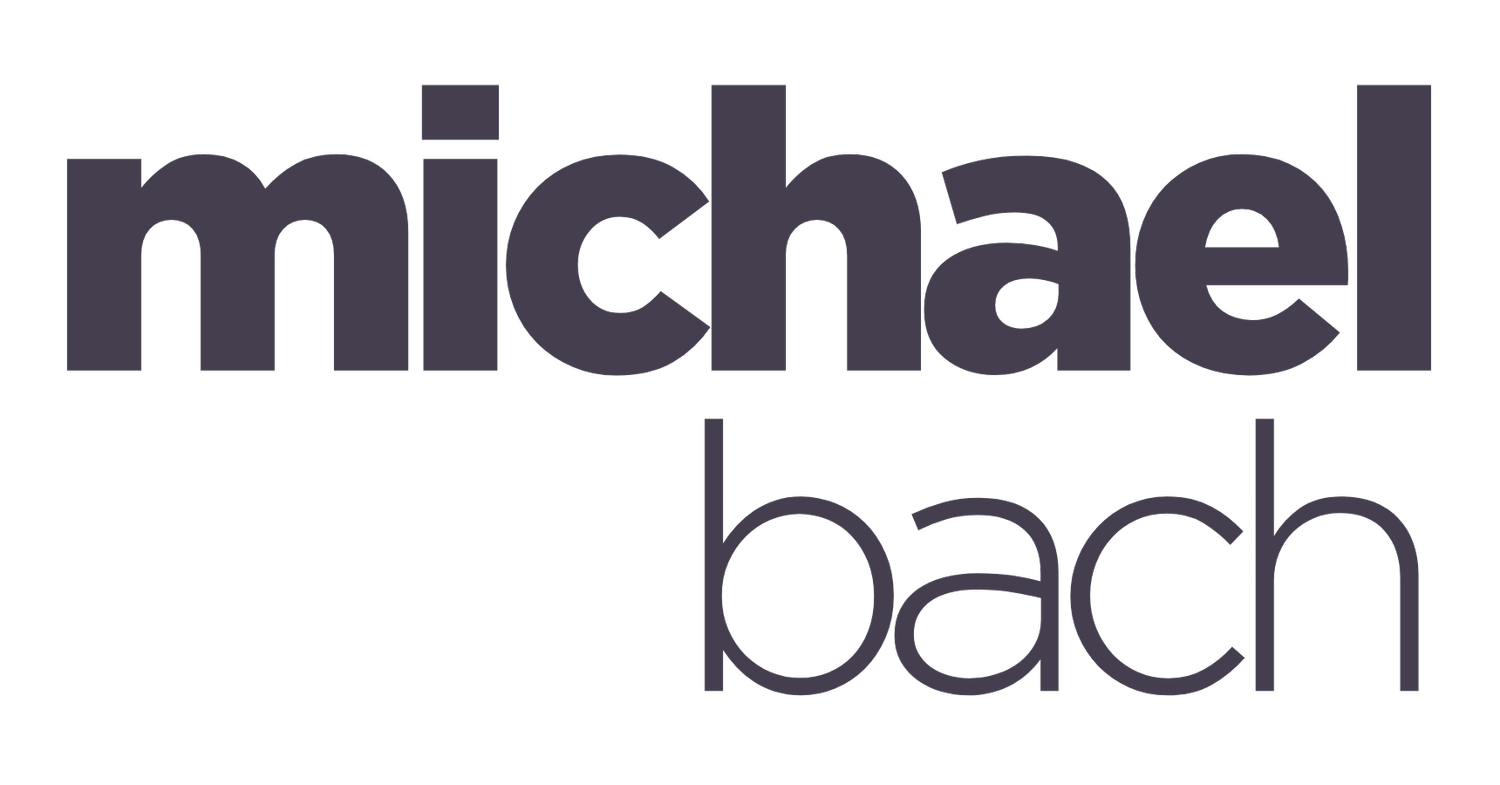Your Lack of LGBTQ2+ Inclusion is Costing You Money
It’s rare for organizations to consider the actual costs of not creating inclusive spaces for LGBTQ+ people. But the price tag can be quite hefty; it includes things like lower levels of engagement, higher levels of voluntary turnover, a smaller recruitment pool and decreased innovation.
While there are tons of articles that articulate the negative financial impact of exclusion in a workplace, that information rarely looks at the unique circumstances of members of the lesbian, gay, bisexual, trans, queer, two-spirit, and other gender and sexuality identified communities.
LGBTQ+ people are often the invisible minority. Many members who fit under this umbrella term have passing privilege, meaning they can pass as straight and/or cisgender. Passing privilege isn’t shared by all LGBTQ+ people, but for those who do experience it, they are able to make a choice as to whether or not they share their identity with their co-workers and employer. And they have good reason to question how "out" they should be.
According to a 2021 study by the Williams Institute at UCLA, 29.8% of LGBTQ+ employees experienced some form of discrimination (including being fired or not being hired) because of their sexual orientation or gender identity. A staggering 67.5% of LGBTQ+ employees reported that they have heard negative comments, slurs or jokes about LGBTQ+ people at work.
In relation to passing privilege, 50.4% of LGBTQ+ respondents indicated they are not out to their immediate supervisor and 25.8% are not out to anyone at work.
There are two types of people to consider when you’re examining the cost of coming out at work. First, are the LGBTQ+ employees who are out in the workplace but have to spend time each day educating their co-workers on any number of aspects of LGBTQ+ inclusion. The second are LGBTQ+ employees who are not out and spend time hiding—changing pronouns, deflecting questions about their personal life or simply not engaging.
For the sake of this hypothetical scenario, let’s assume that an LGBTQ+ person at a noninclusive organization spends fifteen minutes of their day on average educating people or being evasive. Over the course of a year, they spend 3,900 minutes either educating people on LGBTQ+ inclusion (which likely isn’t what they get paid to do) or masking their identity. Essentially, they waste 65 hours of their work year doing something they shouldn’t have to do—and their employer pays them for that time.
The average individual income in Canada is $51,272 (as of 2017), and in the United States, it’s $48,516 (as of 2019), with a median of $49,894. If an LGBTQ+ person wastes 3,900 minutes because their workplace isn’t LGBTQ+ inclusive, that would mean $1,559 of their pay was wasted because they were doing something that isn’t part of their job.
A 2021 study from Gallup found that 5.6% of adults in the U.S. identify as LGBTQ+. That number changes significantly by age, with 15.9% of respondents between the ages of 20 and 25 identifying as LGBTQ+ compared to 1.3% of people over 76.
Based on these data points, if you have 10,000 employees, statistically you would have around 560 employees who identify as LGBTQ+, and of those, around a quarter are not out to anyone at work. As such, those 144 people are wasting $224,523.36 of your money all because you’re not creating an inclusive space for them.
If a quarter-million isn’t enough to get your attention, let's extrapolate that number; employers as a whole in Canada are wasting $320 million by not providing an LGBTQ+ inclusive workplace, and U.S. employers are wasting $2 billion for the same reason.
Even as a hypothesis, the numbers are staggering. And these are conservative estimates. It's likely that more than 5.6% of the population is LGBTQ+ but are not self-identifying on surveys. The number of closeted LGBTQ+ people is likely much higher than 25.8%. We also know that $49,894 is an average income, and there are a lot of people making a lot more. Add it all up, and employers are wasting a huge amount of money by not creating spaces where LGBTQ+ folks can bring their whole selves to work, do their jobs and be successful.
If you think you don’t have any LGBTQ+ employees, think again. To restate, over half of LGBTQ+ people are not out to their immediate supervisor and a quarter are not out to anyone at work. If you don’t know if someone in your organization is LGBTQ+, then they may not trust you enough to tell you. If you believe, for whatever reason, that LGBTQ+ people don’t deserve to be treated with dignity and respect, then you’re simply making a bad business decision. Your beliefs do not change the data.
As an employer or leader in your industry, here are some key actions you can take:
Focus on LGBTQ+ inclusion throughout the year. Homophobia and transphobia aren’t exclusive to pride month. They happen 24-7, 365 days of the year.
Ensure your policies and procedures are LGBTQ+ inclusive by using explicit language.
Go beyond what the law says. Very few jurisdictions have protections for LGBTQ+ in employment, but that doesn’t prohibit you, as an employer, from enshrining those protections in your organization.
Create a safe space program, including widespread education, and enforce it in your workplace.
With pride month just around the corner, the question becomes: what are you going to do to ensure you are providing an inclusive place for LGBTQ+ people? Putting up a rainbow flag is one step, but the onus is on employers to go beyond “pinkwashing" and ensure their space is an inclusive one where all people can be themselves. This isn’t just about the right thing to do morally or ethically. It’s just good business.
